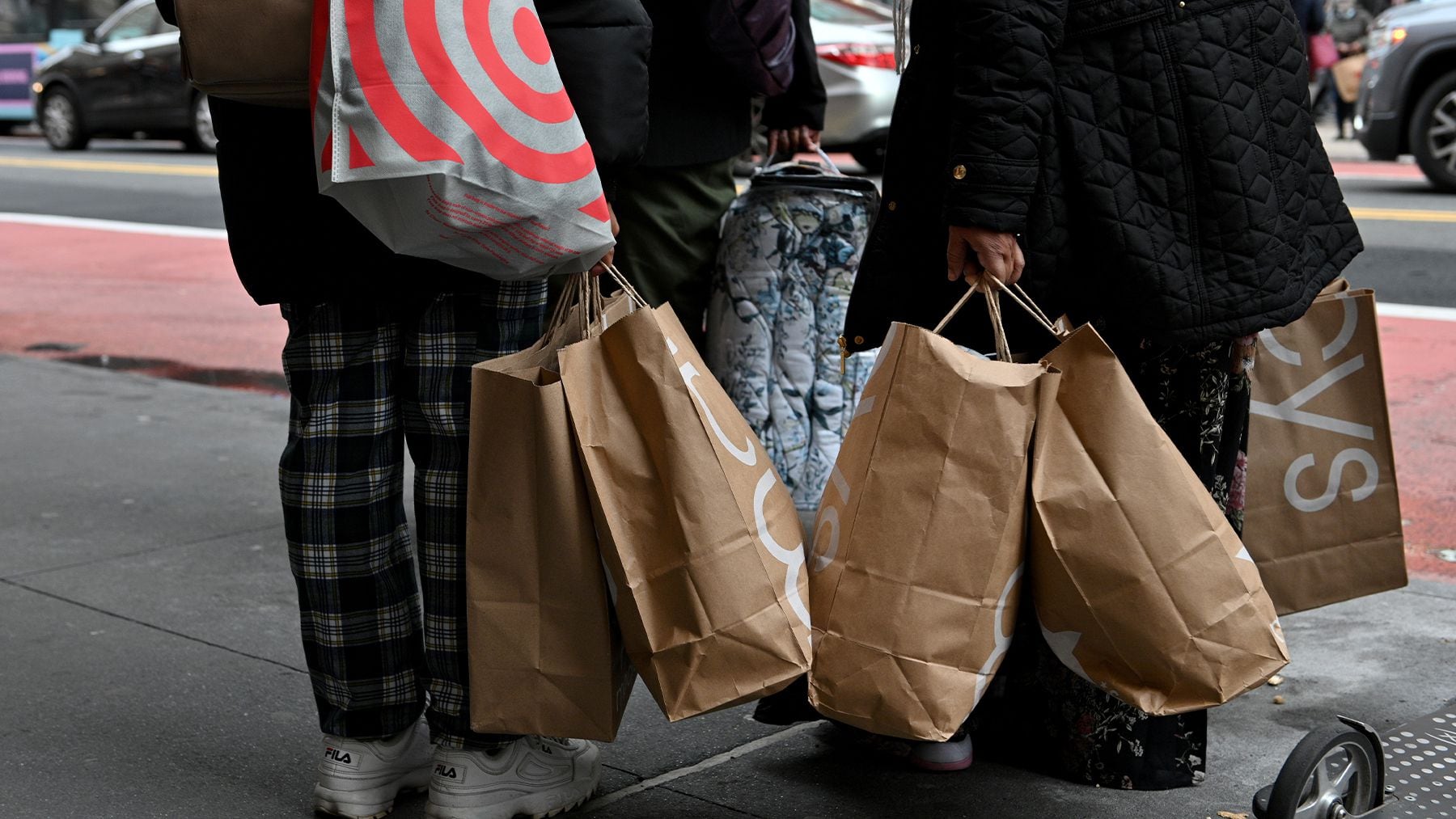
US retail sales unexpectedly rose in November as the holiday shopping season got off to a brisk start amid deep discounting, likely keeping the economy on a moderate growth path this quarter and further alleviating fears of a recession.
The rebound in retail sales reported by the Commerce Department on Thursday underscored consumers’ resilience, thanks to a strong labour market, and cast doubts on financial markets’ expectations for rate cut as early as next March.
The Federal Reserve held interest rates steady on Wednesday and signalled in new economic projections that the historic tightening of monetary policy engineered over the last two years is at an end and lower borrowing costs are coming in 2024.
“The resilience of the consumer provides credibility to the Fed achieving a soft landing, but should also be a signal to markets that the Fed is not likely to cut rates as quickly and as much as the markets now have priced in,” said Kathy Bostjancic, chief economist at Nationwide. “The stronger economic activity remains, the slower inflation declines, and the slower the Fed responds with rate cuts.”
Retail sales increased 0.3 percent last month, the Commerce Department’s Census Bureau said. Data for October was revised lower to show sales falling 0.2 percent instead of dipping 0.1 percent as previously reported. Economists polled by Reuters had forecast retail sales edging down 0.1 percent.
Retail sales are mostly goods and are not adjusted for inflation.
Sales increased 4.1 percent year-on-year in November. Though the pace has slowed from earlier this year as households adjust to higher borrowing costs and prices, growth remains sufficient to ward off a recession.
Retailers have been offering big discounts heading into the holiday shopping season to attract customers, while lower gasoline prices also freed money for spending elsewhere.
The increase in sales last month was almost across the board. Receipts at motor vehicles and parts dealers rose 0.5 percent. Furniture store sales jumped 0.9 percent, while receipts at sporting goods, hobby, musical instrument and book stores surged 1.3 percent.
Clothing store sales shot up 0.6 percent. Sales at food services and drinking places accelerated 1.6 percent. Economists view dining out as a key indicator of household finances.
But sales at electronics and appliance outlets dropped 1.1 percent and receipts at building material and garden equipment outlets slipped 0.4 percent.
Gasoline station receipts tumbled 2.9 percent, reflecting lower prices at the pump. Gasoline prices fell more than 20 cents a gallon from the end of October through the final week of November, according to data from the US Energy Information Administration.
US stocks opened higher. The dollar fell against a basket of currencies. US Treasury prices rose.
Underlying Momentum
Excluding automobiles, gasoline, building materials and food services, retail sales increased 0.4 percent last month. Data for October was revised lower to show these so-called core retail sales unchanged instead of the previously reported 0.2 percent gain.
Core retail sales correspond most closely with the consumer spending component of GDP. Economists expect inflation-adjusted consumer spending to grow at around a 2 percent annualised rate this quarter, slower than the 3.6 percent pace in the third quarter.
The Atlanta Fed was forecasting GDP to rise at a 1.2 percent rate in the fourth quarter before the data, below what Fed officials regard as the non-inflationary growth rate of around 1.8 percent. Growth in the October-December quarter is also seen restrained by a wider trade deficit and slower inventory accumulation.
The economy accelerated at a 5.2 percent rate in the third quarter. Spending and the overall economy remain underpinned by the labour market, which continues to churn out jobs at a healthy clip.
A separate report from the Labour Department on Thursday showed initial claims for state unemployment benefits dropped 19,000 to a seasonally adjusted 202,000 for the week ended Dec. 9. Economists had forecast 220,000 claims.
Unadjusted claims dropped 46,316 to 248,299. There were significant decreases in filings in California, Georgia, Kentucky, New York, Oregon, Pennsylvania, Texas and Wisconsin.
The number of people receiving benefits after an initial week of aid, a proxy for hiring, increased 20,000 to 1.876 million during the week ending Dec. 2, the claims report showed.
The so-called continuing claims have mostly increased since mid-September, blamed largely on difficulties adjusting for seasonal fluctuations after an unprecedented surge in filings for benefits early in the pandemic.
“The stable trend in initial claims is a more accurate reflection of current labour market conditions than the inflated increases in the continuing claims series since the summer,” said Lou Crandall, chief economist at Wrightson ICAP in New York.
By Lucia Mutikani; Editing by Chizu Nomiyama
Learn more:
US Retail Sales Fall Slightly in October
US retail sales fell in October, though by less than expected, after months of strong gains, pointing to slowing demand that could further strengthen expectations that the Federal Reserve is done hiking interest rates.



